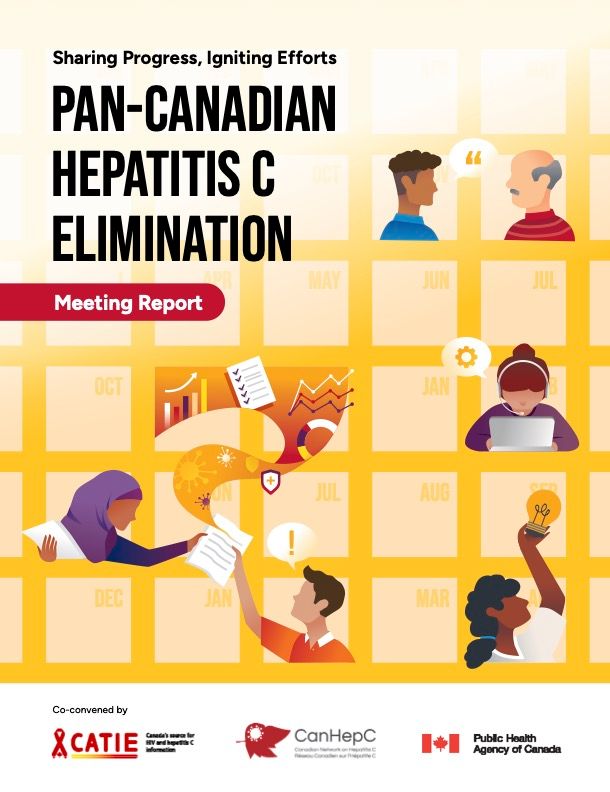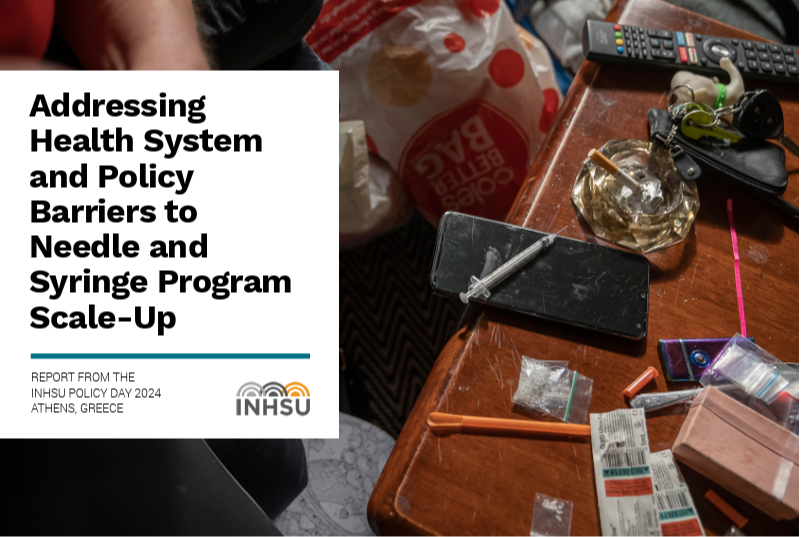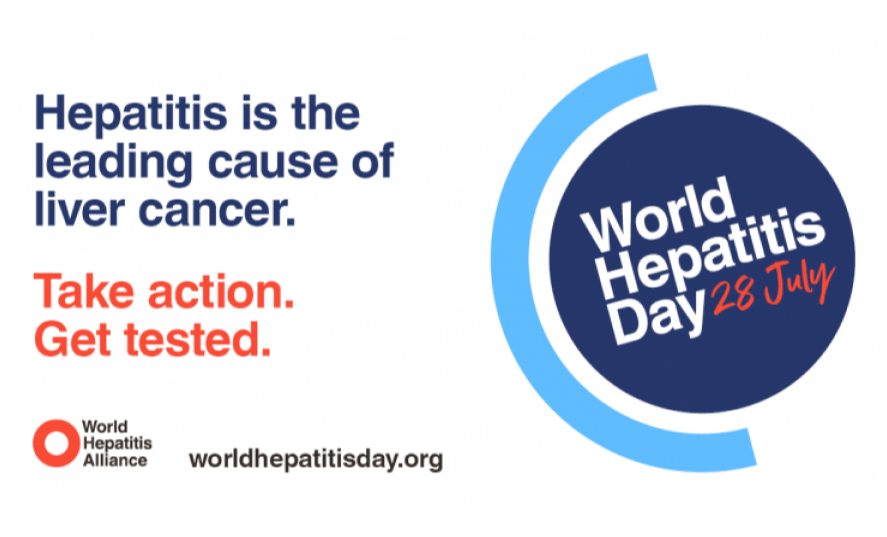
September 30 2025
September 30th is the National Day for Truth and Reconciliation: a day to honour the First Nations, Inuit, and Métis children who never returned home and Survivors of residential schools, and their families and communities. The Canadian Network on Hepatitis C (CanHepC) honours the strength, resilience, and lived experiences of Indigenous peoples. We recognize the enduring impacts of colonialism and the intergenerational trauma caused by residential schools and other systemic injustices.

July 22 2025
July 28, 2025 – World Hepatitis Day is a time to remember the 1.3 million lives lost annually to chronic viral hepatitis (B & C) and to call for urgent, coordinated, global action to eliminate viral hepatitis as a global public health threat by 2030. This is also a time to raise awareness about viral hepatitis, which causes inflammation of the liver and can lead to severe liver disease and liver cancer.
This year’s theme, “Hepatitis: Let’s break it down,” is a call for action to dismantle the financial, social, and systemic barriers—including stigma—to hepatitis elimination. It’s also a call to break down misunderstandings about viral hepatitis, a preventable and curable disease that is often overlooked.

May 02 2025
Canadian Viral Hepatitis Elimination Day is marked each year on May 11th. On Thursday, May 8, 2025, CanHepC will join Action Hepatitis Canada, CanHepB, the Canadian Association for the Study of the Liver (CASL), and Liver Canada to mark the 4th annual Canadian Viral Hepatitis Elimination Day, this year in Toronto.

March 28 2025

February 27 2025
CanHepC held its Annual Meeting and 14th Canadian Symposium on Hepatitis C Virus in Québec City on February 27th and 28th, 2025.
The CanHepC Annual Meeting and Symposium are annual highlights for the network. Over two days, members and invited guests were engaged in discussions about the network's research, training program and future direction as well as hearing presentations about advances in HCV research, programs and practices. These events showcase the incredible strength of the network and its impact within Canada and globally.

January 15 2025

September 09 2024








